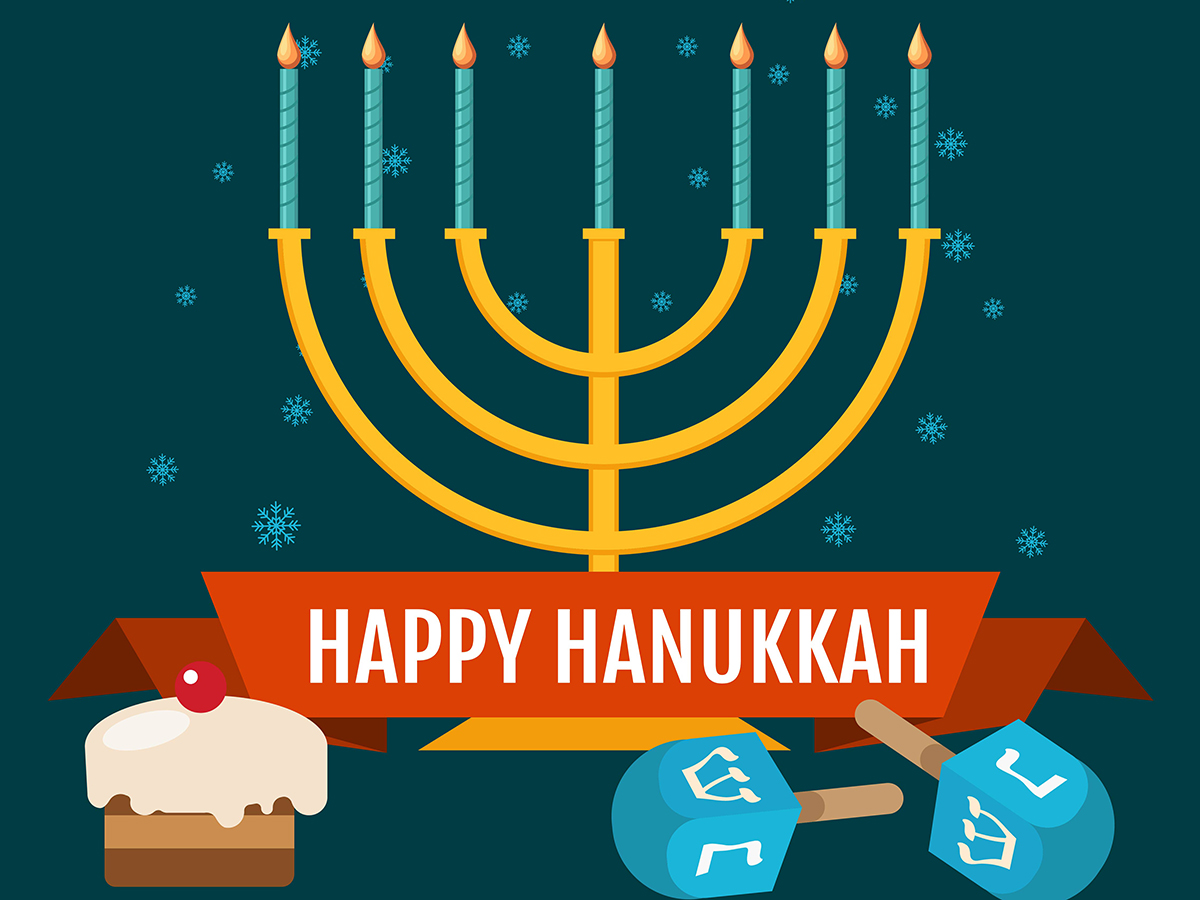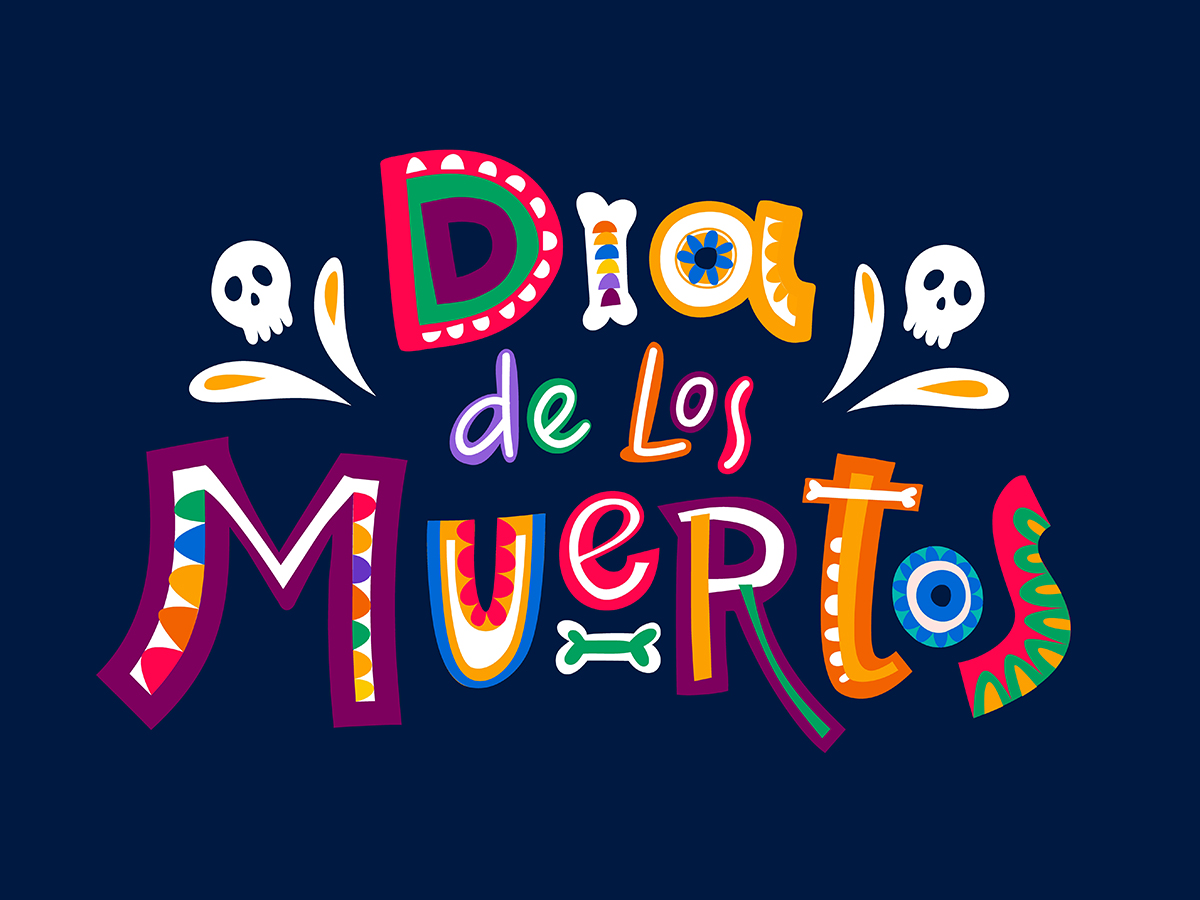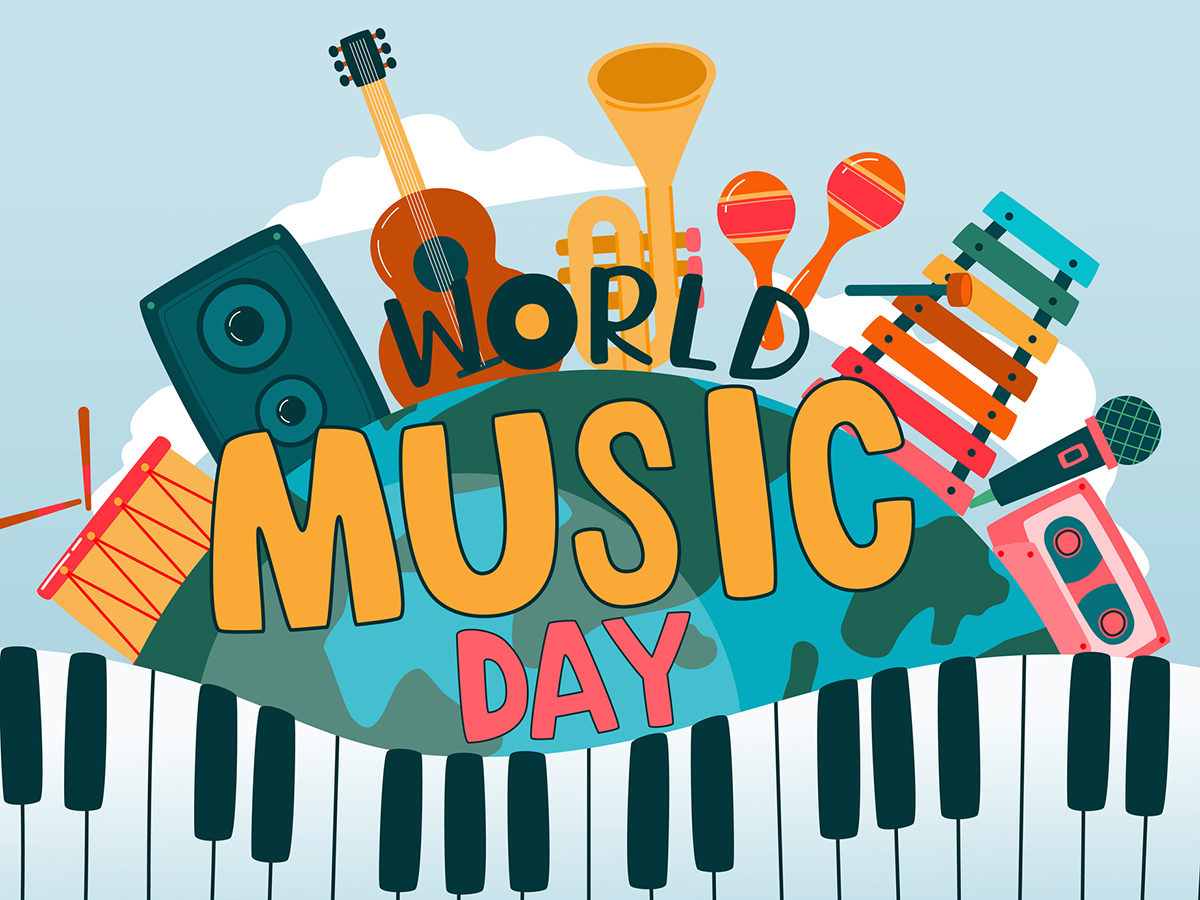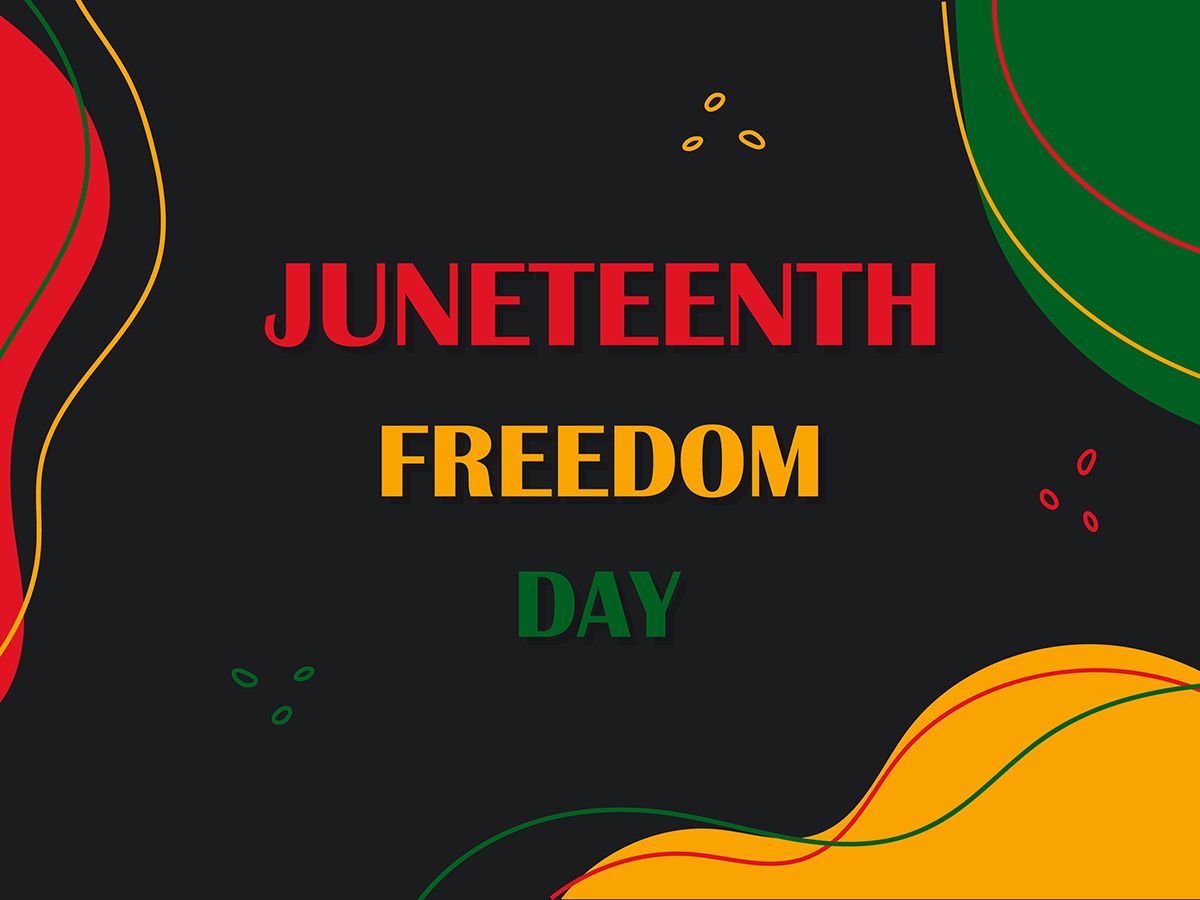
December 29, 2023
I bet you were expecting Happy New Year, right? So why on earth am I wishing you a Happy Hogmanay? Are you supposed to say “Happy New Year” to people and “Happy Hogmanay” to, you know, pigs?
A few years ago, I learned that I had a lot of Scottish in my ancestry. As a result, I have been learning more about Scottish history and culture. And when I first heard the term Hogmanay, I couldn’t help but think about the little animals where all our pork products come from.
However, Hogmanay has nothing to do with hogs. It is a unique Scottish version of New Year’s Eve. And even though this celebration has been around for centuries, many still have never heard of it. So, what exactly is Hogmanay, and how does it differ from the New Year’s that most of us know?
This tradition is believed to have started around the time of the Reformation. During the 17th century in Scotland, Christmas was not generally celebrated, so giving gifts took place on New Year’s Eve. This time was referred to as Hogmanay. Where the actual word comes from is unclear, but some believe that it may have developed from an Old French word for the last day of the year (hoguinane).
Over the centuries, certain customs have developed around the celebration of Hogmanay. Many are familiar, like gathering with loved ones and singing “Auld, Lang Syne.” But there are also things unique to the Scottish holiday.
One of these is the concept of “First Footing.” A “First Footer” is the very first person into the house on New Year’s. They should be dark-haired (fair-haired people are considered bad luck) and should also come with a gift. A piece of coal for the fire, a black bun, or shortbread are considered good gifts. And a spot of whiskey is very welcome as well. If you were to “First Foot” without a gift, it would bring bad luck and be considered very rude.
Other common traditions that occur around Hogmanay include lighting bonfires, engaging in torch processions, or even burning a Viking galley. And for the polar bears amongst you, how about starting the New Year by dipping into the nearest body of water the morning of January 1 to start the year fresh? Brrrr!
Hogmanay celebrations attract many people from around the world to Scotland every year. Parties occur in cities across the country, each with its own flavor, and can last for days. For more information about Hogmanay, or Scotland in general, check out some of these great books:
Scottish Traditional Tales Edited by A. J. Bruford and D.A. Macdonald
Scottish Miscellany by Jonathan Green
The Illustrated Encyclopedia of Scotland, Edited by Iseabail Macleod
Happy Hogmanay!
Pamela M.
Antioch Branch
Read Similar Blogs:
Holidays







